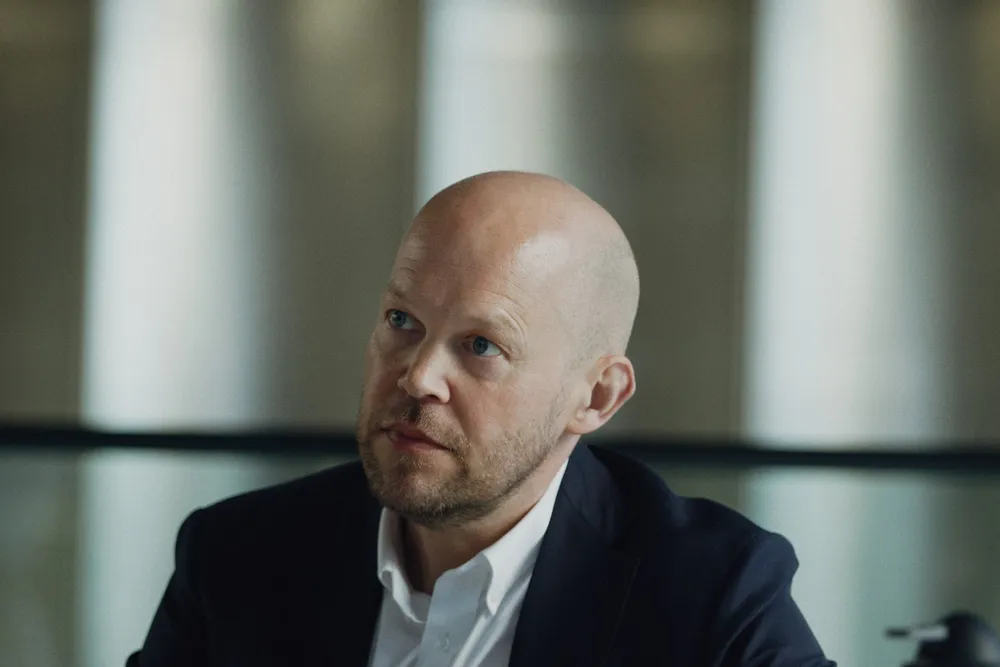Why Orsted's 'dwindling' pipeline poses problems for offshore wind giant
Jobs and long-term growth threatened by offshore wind pipeline set to shrink dramatically in next few years

Orsted has dramatically cut its targets and spending in the last two years to shore up its finances, but the offshore wind giant’s “dwindling” pipeline is now posing problems for the developer, warn analysts.
The Danish developer has long been the poster boy for the offshore wind industry, with around 10GW of projects already in operation, more than Spain’s Iberdrola and Germany’s RWE have combined.
Orsted’s offshore wind pipeline is now “dwindling” because of these cuts to investment, said Tancrede Fulop, senior equity analyst at Morningstar. “The impact of less projects for Orsted is lower long-term growth."
Currently, Orsted still boasts an 8.1GW offshore wind construction programme (including a 300MW battery project to support its Hornsea 3 project in the UK). But that is set to shrink dramatically after 2027, when almost all of those projects are set for commissioning.
After that, it is only Baltica 3 in Poland, a 1GW project that is still awaiting a final investment decision, that Orsted says it expects to build by 2030.
Kristian Ascanius Jacobsen, managing director of Danish renewables consultancy Green Ducklings, said that Hornsea 4 being postponed leaves Orsted in a “challenging situation”.
Hornsea 4 will need to reapply for a CfD – and is barred from the UK auction rounds this year and next due to its pullout – hence Jacobsen puts a new potential commissioning date in “2032 at the very earliest – more likely 2033-34.”
With only Baltica 3 currently expected for construction in the years before the expected Hornsea 4 resurrection, “this is quite a large gap in construction for an organization of 8,000+,” said Jacobsen.
Errboe hinted at potential job cuts in the wake of his move to slash investment and targets at the start of the year, but Pierre-Alexandre Ramondenc, equity analyst at AlphaValue, said that cutting staff by 20% is still “quite massive.”
“It’s clear that the pressure for restructuring will increase around 2028, once the current offshore projects are completed,” said Ramondenc. “At that point, many construction employees who contributed to building offshore wind farms will no longer be needed, underscoring the need for a long-term workforce adjustment.”
“So while the timing of the announcement reflects short-term budget pressures and creates a sense of urgency, I think workforce reductions have long been anticipated as part of the planned post-2028 downsizing of offshore construction activities.”
Orsted has already begun the process of downsizing. It reported having 8,905 employees on its books in 2023. That dropped to 8,706 in the first quarter of last year down to its current tally of 8,331.
Overwhelmingly, the cuts have come to Orsted’s Danish staff, which have dropped from 4,186 in mid-2024 to 3,793 at the same point this year – a loss of 393. Indeed, other markets, such as Malaysia, Poland and Taiwan, have seen noteworthy increases in staff numbers in the same period.
Contacted for comment on the reported planned job cuts, an Orsted spokesperson said: “We don’t comment on rumours. As previously communicated, we will look at how we adapt the company to the reality we operate in and our strategic goals.”
The company will “communicate further” during the final quarter of the year, they added.
In the meantime, Orsted staff face a tense wait, with the futures of many hanging in the balance.
(Copyright)